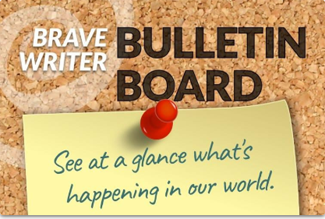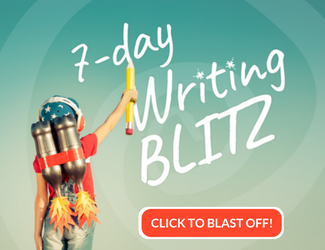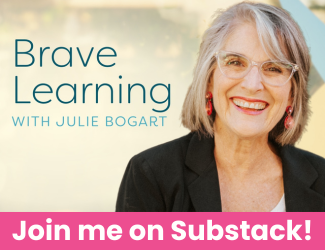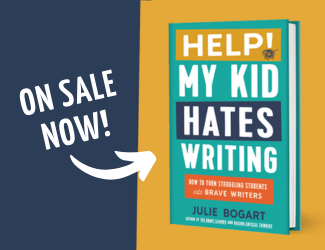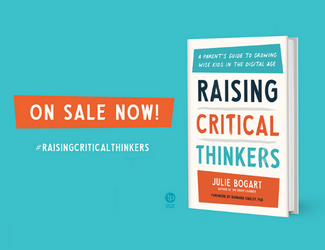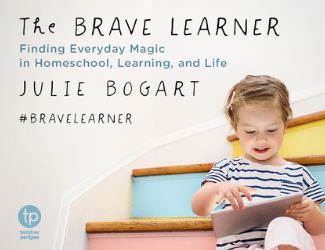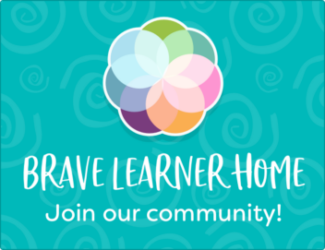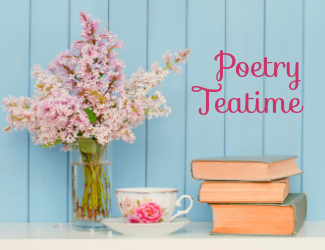These are coming to a blog and website near you this week. My goal is to have them up by Friday. Thanks for your enduring patience. 🙂
Excellent Timed Essay: SAT/ACT Test
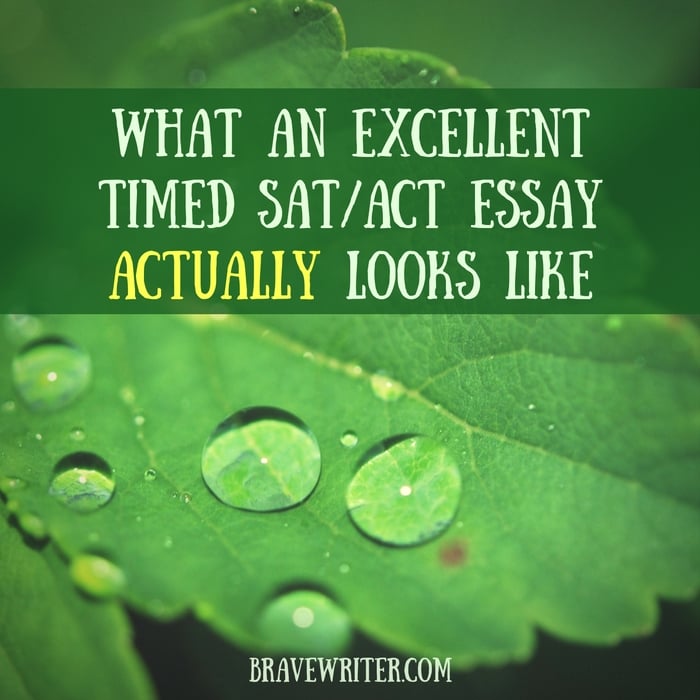
I’ve taught the Timed Essay for the SAT/ACT many times. I’ve read hundreds of essays that answer the prompts we use for that class.
It feels like I’ve heard it all, as far as content is concerned. I like to tell my students that if you can earn a total score of 6-8 on the essay (that means that each of your two graders will give a score of 3 or 4), you’ve done well enough to feel good about the test. I rarely hear of students earning a 10, have only ever heard of one 11, and have yet to know anyone scoring the maximum 12. (If your kid did, let me know!)
As a result, I read these essays with the intention of finding solid, competent writing, with some interesting personal anecdote material interwoven. Every now and then, a student startles me with insight and fresh ideas. The essay below is an example of what I would score a 5-6 (meaning a 10-12 total) if I were a grader.
Read the prompt first:
A little inaccuracy saves a world of explanation.
–C.E.Ayers
Assignment:
Is it always essential to tell the truth, or are there circumstances in which it is better to lie? Plan and write an essay in which you develop your point of view on this issue. Support your position with reasoning and examples taken from your reading, studies, experience, or observations.
Here’s the essay:
I was once told by a friend that, “Lying is never right. In some cases though, it is the lesser of two evils.” Although I have not always followed this principle, I do agree with it.
As a young child, I felt the need to act “mother” with my little sister. I wanted especially to calm her when she was hurt. Unfortunately, she didn’t get hurt nearly as often as I wanted to mother her. To “remedy” this, I regularly bit her. I didn’t bite her hard enough to cause her any physical harm, only just hard enough to make her cry. When my mother would ask me why my sister was crying, I would say, “She bit herself.” This was when I was 4 or 5. My mother didn’t know the truth about these incidents until a year or two ago. Even though by that time the incidents occurred too long ago for me to be punished, my mom was not pleased with me. These lies, and the fact that I hid them for so long, still serve as an embarrassment and a source of guilt to me.
At other times, I have lied to try to hide something someone else did. Once, my little sister smeared her sticky hands all across the mirrors just after they had been cleaned. Being the older sibling, my mother called me in to tell her what happened. I knew my little sister would get in trouble if I told on her, so I lied and said I did it. My mom believed me and I was mildly punished for my sister’s crime. Even though I knew what she’d done was wrong and I knew she deserved the punishment, I didn’t want my little sister to be harmed. I lied out of love. I considered my little sister’s pain more important than my own.
My final example of lying as the lesser of two evils is probably cliched. Anne Frank and her family, and many other Jews in Nazi Germany, hid from the Nazis for several years. During that time, the Franks trusted their friends to not tell the Nazis where they were hidden. They trusted their friends to lie about their hiding place. In such cases, where if the truth is told it means death, lying is most certainly the lesser of two evils.
Lying should never be considered optimal. It should never be considered the first choice, the first escape. We should always try to find another choice first. If there is no other choice, though, or the only other choices have worse consequences than the lie, telling a lie can be considered a valid choice.
Robin, 14
Check out Brave Writer’s SAT/ACT Essay Online Class!
Friday Freewrite: Neighborhood
How would you feel if a new child moved into your neighbourhood?
Language Arts Programs
Brave Writer has a distinct philosophy about language arts. The best way to grow in grammar, spelling, syntax, literary elements, writing style, and vocabulary is to read great writing conscientiously.
Let me repeat that.
We believe in reading great writing conscientiously.
That means that we believe in reading (everything and anything, even the back of cereal boxes, billboards and toothpaste tubes). We believe that reading leads to an internalized grammatical “sense” which helps kids to know what “sounds right” and what is wrong and what is deliberately crafted for effect.
Still, reading can be enhanced and may offer further benefits if we pay attention to it and comment on it. There is plenty of benefit from reading alone. There is more benefit if you spend a little time to linger on the literary elements, to notice the grammar, to enjoy the humor or irony and to understand how it functions.
The Arrow, the Boomerang and back issues of the Slingshot are designed to support those goals. They aren’t created as comprehensive grammar or spelling programs. The aims are much less codified and systematized. These programs give you a feeling of sitting on the couch with someone who enjoys good writing and helps you to see what can be seen in it. Over time, you and your kids will start noticing alliteration or rhyme, beautiful descriptions or powerful verbs yourselves in the reading you do on your own.
We have not yet posted the Boomerang book list for this year. We will do it at the latest, next week. Subscriptions are monthly. We provide you with access to a monthly issue on the website and the payments are collected monthly through paypal (or you can pay for a semester or year at a time in one lump sum – details to come). Each issue is $9.95. We begin taking new subscriptions for the fall at the end of July. So relax. There is much more information to come.
I get a ton of feedback about the Arrow and the Boomerang. Moms and kids love these programs because they are so easy to use and really do give you a manageable amount of material to digest each week (without overdoing it).
I’ll be posting two updated free copies (one Arrow and one Boomerang) later today (or tomorrow if I can’t get it done… I’ve got dinner for 25 to prepare for tonight down at the Obama campaign HQ in our town).
Arrow Book List 2008-2009
Summer makes blogging so hard!
I want to play in the sun… or rather just sit in it and soak it up. I get in our backyard swing and slowly rock back and forth staring at the green, in a tank top, not even a bit cold, and my eyes glaze over and I forget that I have anything to do.
But I have lots to do and I’m doing those things whenever I wake up from the sunny daze. I’m working with a design team to redo the website, I’m still working on the book, we’re reformatting all the back issues of the Arrows, Boomerangs, and Slingshots, and I’ve finalized the book list for the 2008-2009 Arrows! (Below)
We don’t yet have the Boomerang book list finished. I promise to get that to you asap.
In the meantime, I hope you who are northern hemisphere types are finding the sunshine and getting in it. I hear a shortage of vitamin D has grave consequences!
Arrow Book List 2008-2009
Ida B (account of a homeschooler faced with going to school) Katherine Hannigan
Henry Huggins (famous adventures with equally famous dog, Ribsy) Beverly Cleary
Nim’s Island (a modern day Robinson Crusoe) Wendy Orr
On The Banks of Plum Creek (continuing the adventure of the Little House series) Laura Ingalls Wilder
Stuart Little (the mouse who becomes a member of the family) E. B. White
The Borrowers (the little people who use the left-over stuff in our houses) Mary Norton
Bud, not Buddy (a boy searches for his father in 1936) Christpoher Paul Curtis
Hoot (a middle school eco-warrior in Florida offers a memorable, comic adventure) Carl Hiaasen
Mary Poppins (the real story of the magical nanny) P. L. Travers (Odyssey edition)
Because of Winn-Dixie (a dog who teaches her owner a few things about life) Kate DiCamillo








